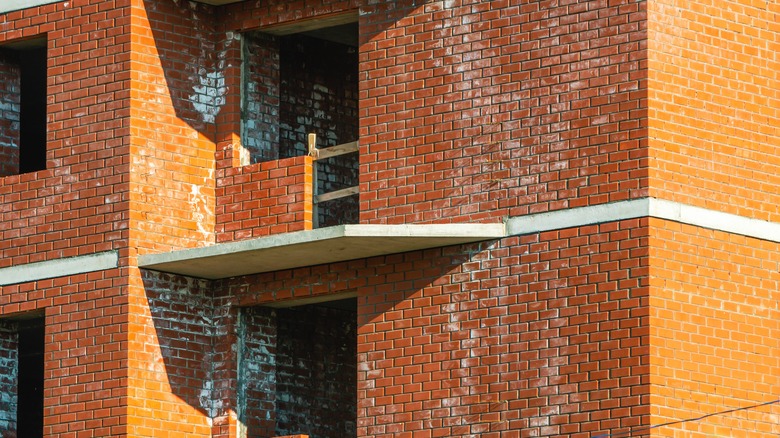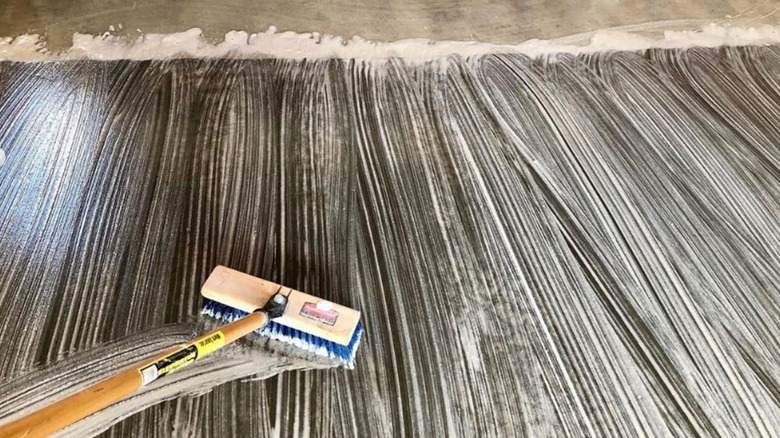What That Annoying White Powder On Your Walls Really Is
In the wonderful world of real estate, there exists a phenomenon known as efflorescence, which tends to leave homeowners and-or real estate agents scratching their heads in frustration. Efflorescence is characterized by its powdery white or grayish deposits that show up on a variety of porous surfaces like brick, concrete, stone, stucco, and other water permeable building materials. It's caused but the movement of moisture throughout the structure, and the remaining white stuff is just residual salt left over after evaporation
Efflorescence is something to keep an eye on because it's not just about looks. Those white deposits might seem harmless, but they often hint at deeper problems lurking beneath. Beyond aesthetics, efflorescence can mean there's moisture inside your walls that can eventually lead to structural weakening, decay, and mold growth. So don't ignore those white spots because they're like a friendly reminder that your home needs to be given a once over.
How to clean up efflorescence
There are a few different ways to remove efflorescence from your home, and unfortunately, all of them can get a bit messy. Always remember to cover your floor and furniture with drop cloths to catch any errant sprays, floating dust, or wayward debris. It's also highly recommended that you wear protective eyewear, a face mask, and gloves. The process of removing this powdery stuff is fairly straightforward because the salts responsible for efflorescence are water-soluble.
One technique involves using a stiff brush, which can work wonders on smooth surfaces. Efflorescence's powdery nature makes it easy to just sweep away. If a light sweeping doesn't work, just give it a little elbow grease. Alternatively, using a high-powered sprayer can also get the job done. If you're forced to use a power washer, the key is to select the broadest-angle tip that won't harm the surface. For more stubborn salt deposits, you might need to resort to chemical cleaning. These products contain acidic properties that attack the salts straight on. If you're in a pinch and would prefer to exhaust all options before going the chemical route, using household vinegar can also sometimes do the trick.
Is it staining or efflorescence?
@pressurejet If you need that white markings removed from your walls and driveway talk to Efflorescence Experts at https://www.efflorescenceremover.co.uk #efflorescence #removal
Efflorescence and staining appear somewhat similar, but they're two completely different things. Efflorescence is characterized by the appearance of white, powdery deposits on surfaces. It's caused by water passing through porous materials and depositing salts as moisture evaporates. It basically means there's an underlying moisture issue that could possibly lead to structural damage. Treating efflorescence entails addressing the root cause of moisture and using specialized cleaners to dissolve the salt deposits.
On the other hand, staining occurs when external substances like oils, paints, chemicals, or other organic materials permeate the surfaces of materials like your walls, essentially binding to the pores of the structure. The process of staining occurs as these external substances make their way into the pores or fibers of the structure, causing discoloration. Removing stains often involves targeted cleaning methods or chemical treatments specific to the nature of the staining agent. Paint stains, for example, might require paint removers, while organic stains, like blood or food, will need a different type of antimicrobial cleaner.

